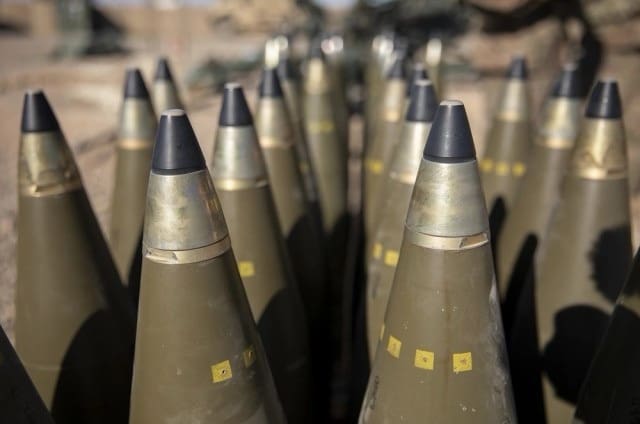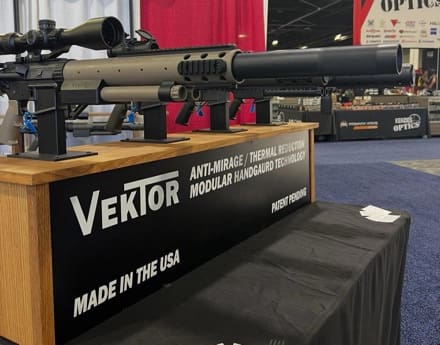PICATINNY ARSENAL, N.J. – The Army’s Project Manager, Combat Ammunition Systems will host an Industry Day on March 20 in Parsippany, New Jersey, to engage with industry partners and explore strategies for enhancing manufacturing capabilities. The Industry Day will contribute to the U.S. Army’s continuing efforts to expand and accelerate production of 155mm artillery ammunition, aiming to reach a production rate of 100,000 shots per month by 2026.
A shot is defined as a complete 155 mm round to include fuze, primer, explosively loaded projectile, and a propelling charge. The 155 mm artillery round is the backbone of U.S. and allied field artillery, providing long-range, high explosive firepower to support maneuver forces and suppress enemy positions.
The munition is a staple of modern warfare and is used in platforms such as the M777 howitzer and the M109 Paladin. It offers a balance of range, lethality, and adaptability, with various warhead configurations, including precision-guided variants, smoke, and illumination rounds.
The push for increased 155 mm production comes as demand for artillery has surged due to ongoing global conflicts, including support for Ukraine, Israel, and broader U.S. defense readiness efforts. The event will focus on enhancing artillery propelling charge systems, investing in the industrial base, and fostering innovation in munitions development.
“Expanding 155 mm artillery production is about ensuring the Army, our allies, and international partners have the firepower needed to deter and, if necessary, decisively win conflicts”, said Colonel Leon L. Rogers II, Project Manager for Combat Ammunition Systems. “Industry Day is a critical opportunity for us to engage with our partners, drive innovation, and strengthen the industrial base. It is through strategic investments, modernization, and collaboration with industry, we are building a production enterprise capable of delivering at scale and speed.”
The Army has already made significant investments to increase its domestic production of 155 mm shots, including the commissioning of new manufacturing facilities and modernization of existing locations. Recent contracts and funding initiatives have supported efforts to expand metal parts production, load-assemble-pack capabilities, and propellant supply.
Industry partners attending the event will have the opportunity to discuss these initiatives with Army leaders and gain insight into upcoming contract opportunities.
The rapid consumption of artillery munitions in ongoing conflicts has reinforced the need for a resilient, high-output industrial base capable of meeting wartime demands.
In response, the Army launched an aggressive multi-billion-dollar expansion effort, investing in industrial modernization, workforce growth, and supply chain resiliency. As a result, current monthly production capacity has more than tripled its 2022 output.
“This Industry Day represents a call to action for American industry to continue our efforts to expand and modernize our nation’s production capacity of 155 mm artillery,” said Maj. Gen. John T. Reim, Joint Program Executive Officer for Armaments and Ammunition. “We must forge a robust and responsive industrial base that ensures our warfighters and allies have the firepower they need and when they need it in order to deter aggression and defend freedom across the globe.”
The Army’s goal of 100,000 shots per month by 2026 will require further investment in metal parts manufacturing, load-assemble- pack (LAP) facilities, and propellant production.
Companies specializing in munitions production, advanced manufacturing, materials sourcing, and logistics will have the opportunity to engage in discussions and explore future contracting opportunities.
For more information, industry partners are encouraged to register on SAM.gov for updates on 155 mm production contracts and opportunities.
By Abraam Dawoud
You can skip to the end and leave a response. Pinging is currently not allowed.
Read the full article here








Leave a Reply